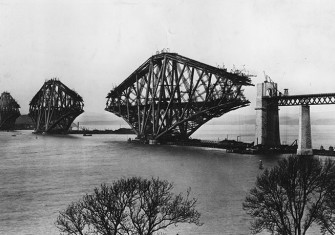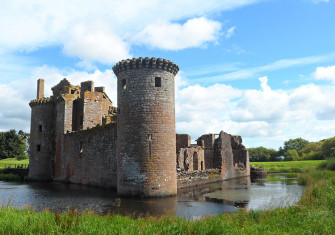Edinburgh
The visually spectacular Scottish capital witnessed fierce dynastic struggle before it welcomed the spirit of the Enlightenment, as Patricia Cleveland-Peck discovers.
Some of the earliest known human traces in Scotland, those of Bronze Age people who lived around 8500 BC, were found just north of Edinburgh at Crammond. By 900 BC, Castle Rock, with its steep defensible sides and natural springs, had attracted its first settlers.
It was during the reign of Malcolm III, who overthrew Macbeth in 1058, that the first documented building, a hunting lodge, was recorded on the bleak volcanic crag which was to become the site of Edinburgh Castle.
Since then dozens of buildings have been built within the great citadel's walls, among them the National War Museum of Scotland and the Scottish National War Memorial. Of greatest interest to historians, however, is the Boyal Palace, which houses the Scottish crown jewels and the Stone of Scone (stolen from Scotland by Edward I in 1296 and returned in 1996), and the Boyal Apartments in which Mary Queen of Scots gave birth to the future James VI - later James I of England - in 1 566.







